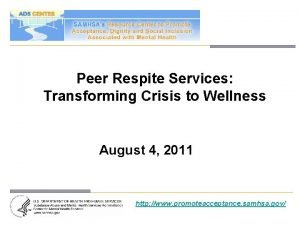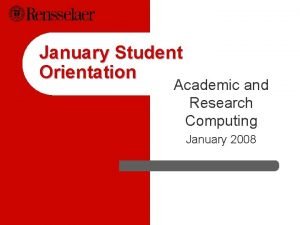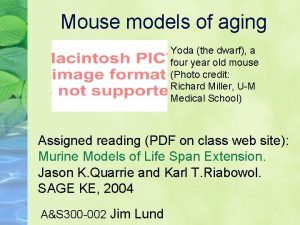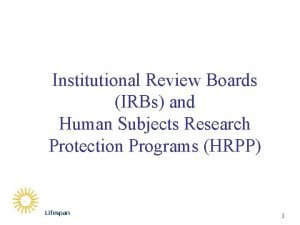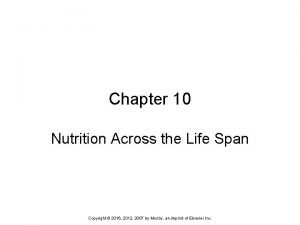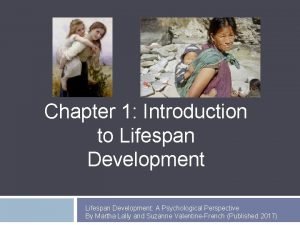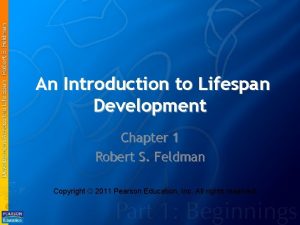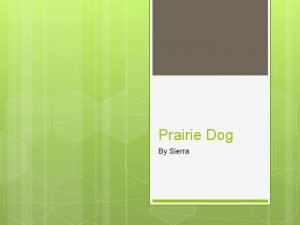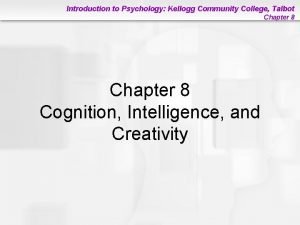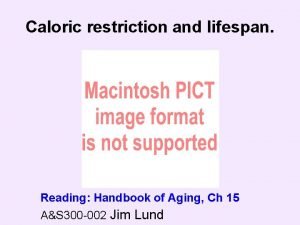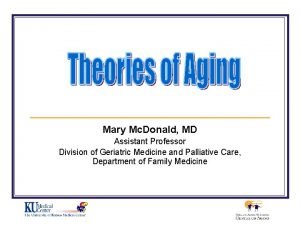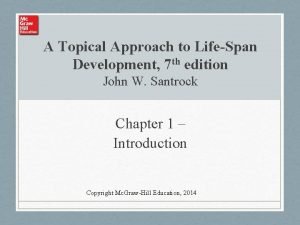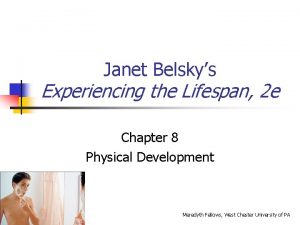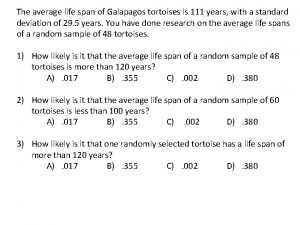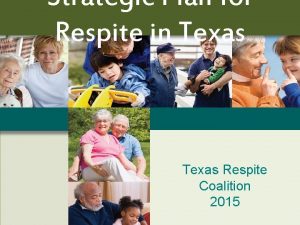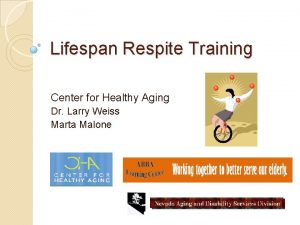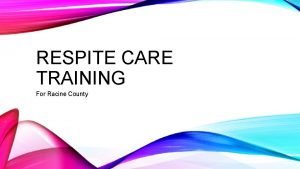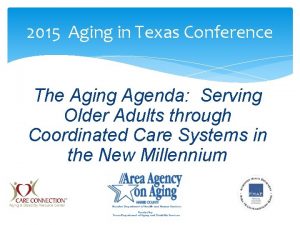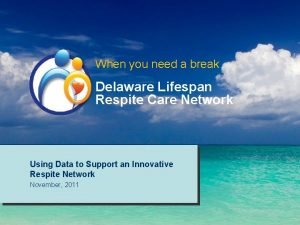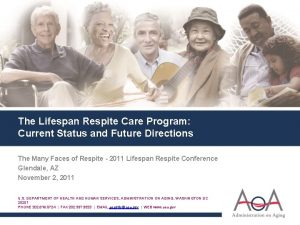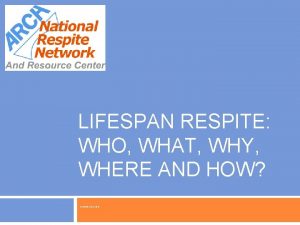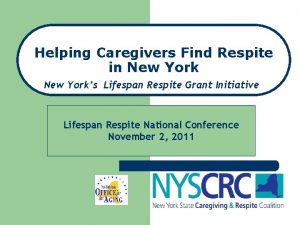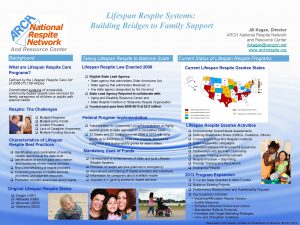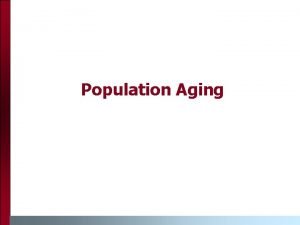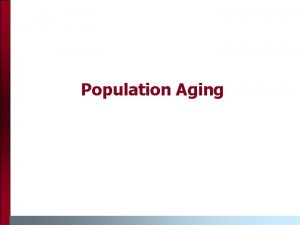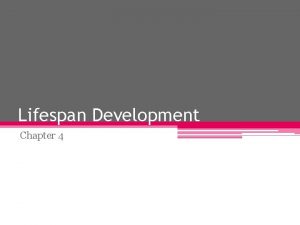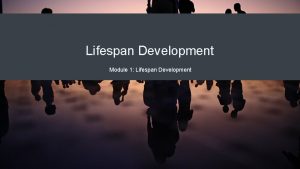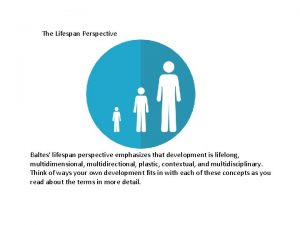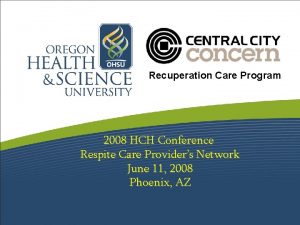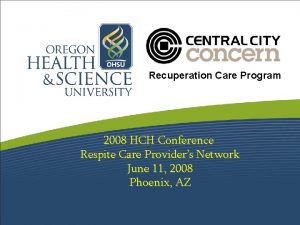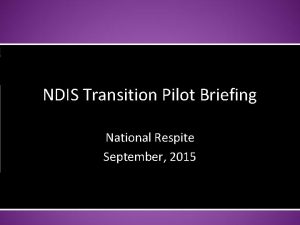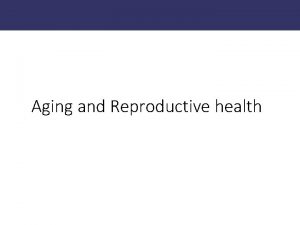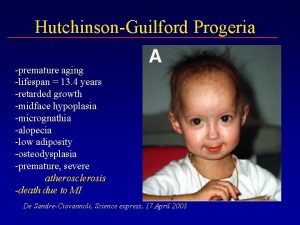Texas Conference on Aging 2015 Texas Lifespan Respite



































- Slides: 35

Texas Conference on Aging 2015 Texas Lifespan Respite Care Program: Maximizing Respite Dollars Through Collaboration

Learning Objectives • Understand the importance of respite services and how the use of this resource can enhance the lives of caregivers and care recipients • Learn about the types of partnerships/collaboration that are essential to maximize respite dollars • Learn about the ways caregivers can work with Texas Lifespan Respite Care Program grant recipients to develop the delivery of respite services

Care Connection Aging and Disability Resource Center • The City of Houston is the grantee agency for Older Americans Act Services for Harris County • Harris County Area Agency on Aging (HCAAA) is part of the City of Houston Department of Health and Human Services • Care Connection is part of HCAAA • Care Connection covers a 13 county region

Who are Caregivers? • Estimated 3. 1 million non-family caregivers in Texas at any given time • 5 million family caregivers provided care at some time during the year

Who are Caregivers? Texas data: • Average 57 • 7% are age 74 or older • 58% are female • 82% provide care for a relative • 26% have provided care for more than 5 years • 53% have been employed at some point

Who are Caregivers? Relationship of Care Recipient to Caregiver: Texas 2010 17, 2% 31, 6% Parent-in-law Child 0, 3% 6, 2% Spouse Sibling 8, 0% Grandparent Grandchild 4, 2% 14, 1% 7, 8% 10, 6% Other Relative Non-relative

Who are Caregivers? Hours of Care Provided: Texas 2010 60% 50% 48% 40% 30% 21% 20% 17% 14% 10% 0% <=8 hours 9 -20 hours 21 -40 hours 40+ hours

Why Respite? • 66% older persons with disabilities who receive care at home receive it exclusively from family caregivers • 25% receive care from a combination of family and paid help • Only 9% receive care through a paid caregiver

Why Respite? • Estimated economic value of unpaid care = $34 billion • Caregivers save the state $3. 2 billion to $12. 6 billion in Medicaid institutional spending annually

Why Respite? • Caregiving Tasks • • • Transportation (82%) Homemaking (82%) Companionship or supervision (81%) Healthcare assistance (74%) Financial Assistance (70%) Personal Care Assistance (63%)

Why Respite? • Health Conditions of Care Recipients • • • Other physical health condition-disease (17. 4%) Cancer (14. 6%) Diabetes (10. 7%) Other (7. 4%) Other Dementia (7. 2%) Heart Disease (4. 9%) Arthritis-Rheumatism (4. 0%) Stroke (3. 9%) Alzheimer’s Disease (3. 5%)

Why Respite? • 40 -70% of caregivers have clinically significant symptoms of depression • 16% of caregivers feel emotionally strained • More than 20% are exhausted when they go to bed at night

Why Respite? • About one in ten caregivers report that caregiving has caused their physical health to decline • Caregivers report chronic conditions (including heart attack/heart disease, cancer, diabetes and arthritis) at nearly twice the rate of non-caregivers (45% vs. 24%)

Why Respite? • 69% of working caregivers report having to rearrange their work schedule, decrease hours, or take unpaid leave • 5% turn down a promotion, 10% take early retirement or leave work entirely • The lost value of wages, social security and pensions due to leaving work early or giving up a promotion averages $303, 880 person

Why Respite? Research shows that counseling and support groups, in combination with respite and other services, have positive direct effects on health behavior practices and assist caregivers in remaining in their caregiving role longer, with less stress and greater satisfaction

Texas Lifespan Respite Care Program • Established by Texas Legislature in 2009 • Goals: • Increase caregiver awareness of respite care resources • Make it easier for caregivers to find respite • Provide caregivers with training and skills

Texas Lifespan Respite Care Program • Care Connection became a Lifespan Respite grantee in 2012 • Partners – HCAAA • Care Coordination & Caregiver Support Coordination • Hospital Care Transitions Program – Easter Seals of Greater Houston – ADRC Partners

Funding • FY 12 -13: $256, 667 • FY 14 -15: $229, 250( Includes $10, 000 for Hospital Care Transitions) • FY 16: Will receive: $125, 000

Caregivers Served (2012 -2015) • Number of caregivers we have served – 339 • Number of caregivers caring for children – 191 • Number of caregivers caring for older adults – 148

Caregivers Served (2012 -2015) • Top five health conditions of care recipients – 2012: Autism, Alzheimer’s/Dementia, Stroke, Down Syndrome, ADD/ADHD – 2013: Autism, Alzheimer's/Dementia, Downs syndrome, Intellectual disabilities, Cerebral palsy – 2014: Autism, ADHD, Downs syndrome, Intellectual delay/ mental, Other (Alzheimer's, Stroke, Diabetes) – 2015: Alzheimer's, Other (chromosomal conditions, Autism, Bi-polar disorder, seizures, legally blind) • Counties where caregivers reside: Harris, Fort Bend, Montgomery, Brazoria, Waller, Galveston, Austin

How is Funding Leveraged? Through Collaboration & Partnership!

Program Structure • Worked with partners to create program structure • Vouchers available for up to 80 hours, to be used over a two month period • Easter Seals manages voucher distribution • Texas Southern University provides education • Education and training component – Orientation – Respite and community resources discussed – Use of vouchers

Caregiver Education and Training Class

Program Structure • Provided Options Counseling to caregivers to explore respite options – Caregivers receiving other forms of respite not eligible for Lifespan Respite – Care Connection staff provided information about alternate resources to ineligible consumers – Caregivers of care recipients 60+ referred to HCAAA – Care Connection staff discussed long term respite resources beyond Lifespan Respite program

Program Structure • What happens after Lifespan Respite? – Discussed other service options – Helped caregivers apply for other respite services – Helped caregivers who are on waiting lists apply for respite services – What does your family support network look like?

Partnership Opportunities • Caregiver Education – Referrals made to HCAAA’s Conversations with Caregivers program – Opportunity to meet other caregivers and develop natural support systems – Opportunity to receive in-home respite – This allows more funding to be used through Lifespan Respite

Easter Seals Greater Houston • Finding services can be difficult, Easter Seals makes it easy for Caregivers to access information within the agency and through partners: • Information referral • Case Management • Follow ups

Easter Seals Greater Houston Other Respite Services offered through Easter Seals: • Family Day Out (FDO) – Two locations Bellaire and Montgomery • Parent Night Out (PNO) – Bellaire: 6: 30 -10: 30 pm for clients ages 6 -24 and siblings ages 6 -10. – Katy: 6 -9 pm for clients ages 12 -21. • CAMPS!!! – Camp Buckaroo – Camp Smiles – Camp MOST

Easter Seals Greater Houston Other Programs available to families: • Veterans Services • Bridging Apps • Adult Day Programs • HOYO • Walk With Me

Partnership Opportunities • Stretching respite dollars through partnership with Easter Seals – Care Transitions – Lifespan – Wellness Retreat for Alzheimer’s Caregivers – Using respite with other services • Camps, FDO, and PNO

Partnership Opportunity with Easter Seals Wellness Retreat for Alzheimer’s Caregivers

Partnership Opportunities • Stretching respite dollars through HCTP – HCTP received funding for respite beginning June 2015 – To date, nine caregivers have been referred to receive support • The funding is available to support 20 caregivers – Caregivers and patients have also been invited to participate in quarterly Conversations with Caregivers sessions hosted in partnership by the Care Connection ADRC and the Harris County Area Agency on Aging

Lifespan Respite Care Program Benefits • Community partners learn about all forms of respite • Expand knowledge of professionals and consumers • Temporary relief for care recipients on long waiting lists • Think creatively about how to serve families • Agencies and caregivers become more resourceful • Education and training become even more crucial with scarce resources

Why Respite? • Taking care of a loved one can be very rewarding but it can also be challenging • Lifespan Respite gives caregivers another resource needed to recharge and refuel so they can continue to provide care to their loved ones

Thank You! Special Thanks to Joyce Pohlman from DADS for statistical data and other presentation content.
 Peer respite centers
Peer respite centers Rpi respite
Rpi respite Respite care navajo
Respite care navajo Aging better together conference
Aging better together conference Led conference 2015
Led conference 2015 Ulvan
Ulvan Insight 2015 conference
Insight 2015 conference Henry hudson lifespan
Henry hudson lifespan Yoda lifespan
Yoda lifespan Lifespan irb
Lifespan irb Snow leopard physical appearance
Snow leopard physical appearance Openstax
Openstax Lifespan development third edition
Lifespan development third edition Honeybee lifespan
Honeybee lifespan How long are sugar gliders pregnant
How long are sugar gliders pregnant Nutrition across the lifespan
Nutrition across the lifespan Discontinuous development psychology
Discontinuous development psychology Sociocultural graded influences
Sociocultural graded influences Ul guidance counselling
Ul guidance counselling Lifespan of platelets
Lifespan of platelets Henry hudson katherine hudson
Henry hudson katherine hudson Pelican eel facts
Pelican eel facts Characteristics of a prairie dog
Characteristics of a prairie dog Lifespan development third edition
Lifespan development third edition Juan ponce de leon nationality
Juan ponce de leon nationality Concept of formation
Concept of formation Eagle lifespan 70 years
Eagle lifespan 70 years Lifespan of every animal
Lifespan of every animal Mary wollstonecraft lifespan
Mary wollstonecraft lifespan How to display petit fours
How to display petit fours Nudibranch scientific name
Nudibranch scientific name A topical approach to lifespan development
A topical approach to lifespan development Development takes place gradually
Development takes place gradually Ecology meaning
Ecology meaning Nn teens
Nn teens Galapagos turtle lifespan
Galapagos turtle lifespan
